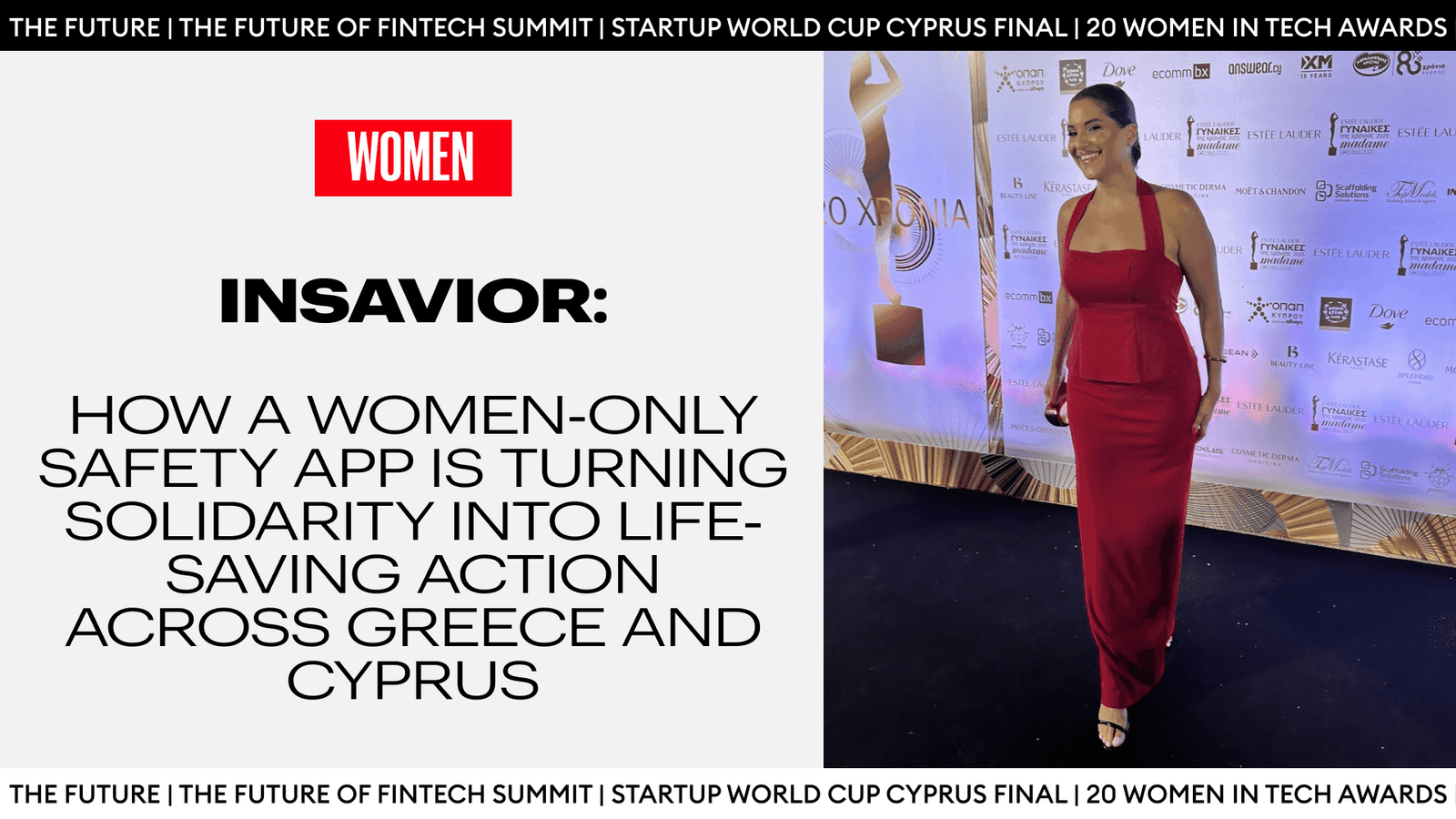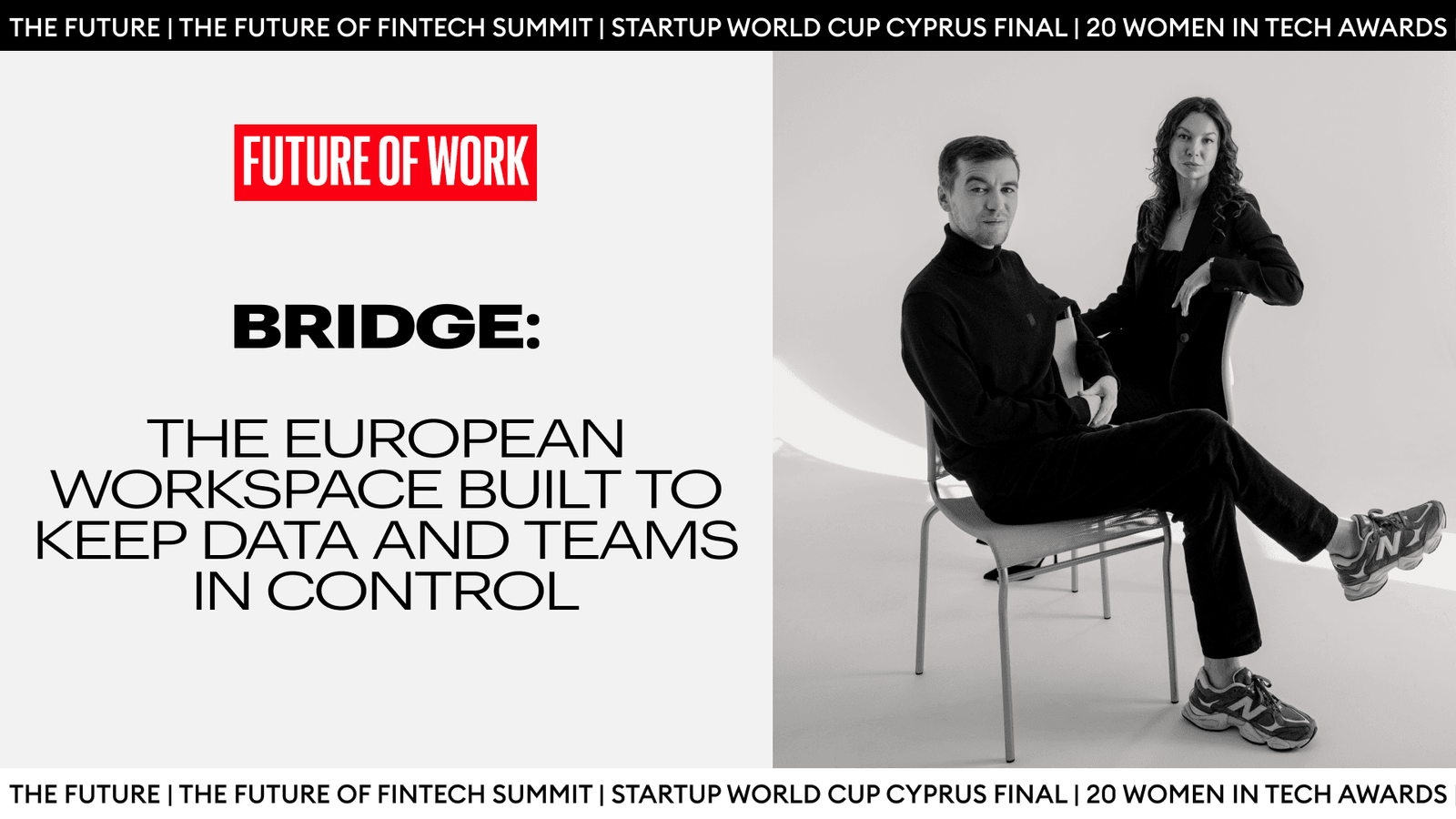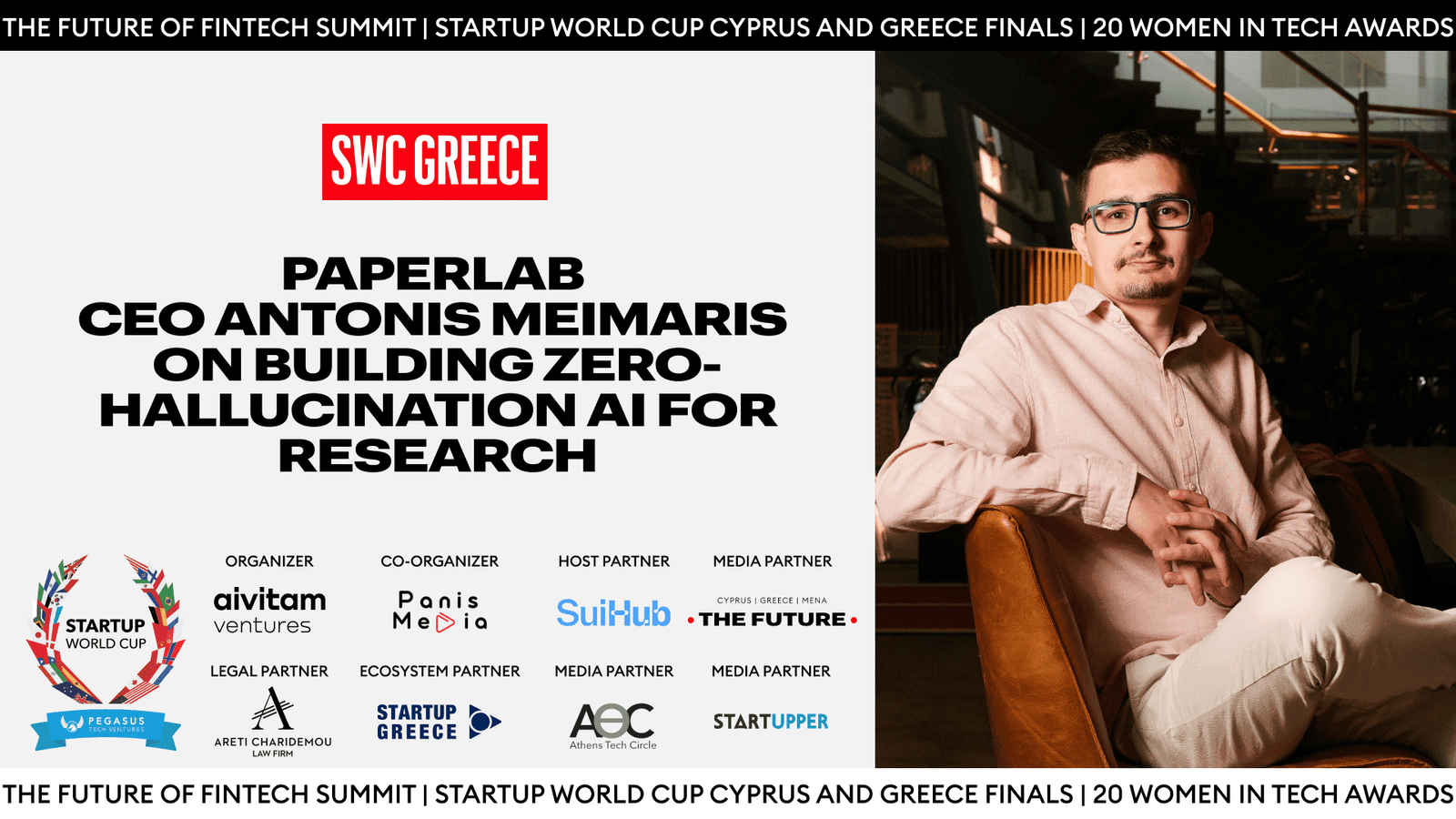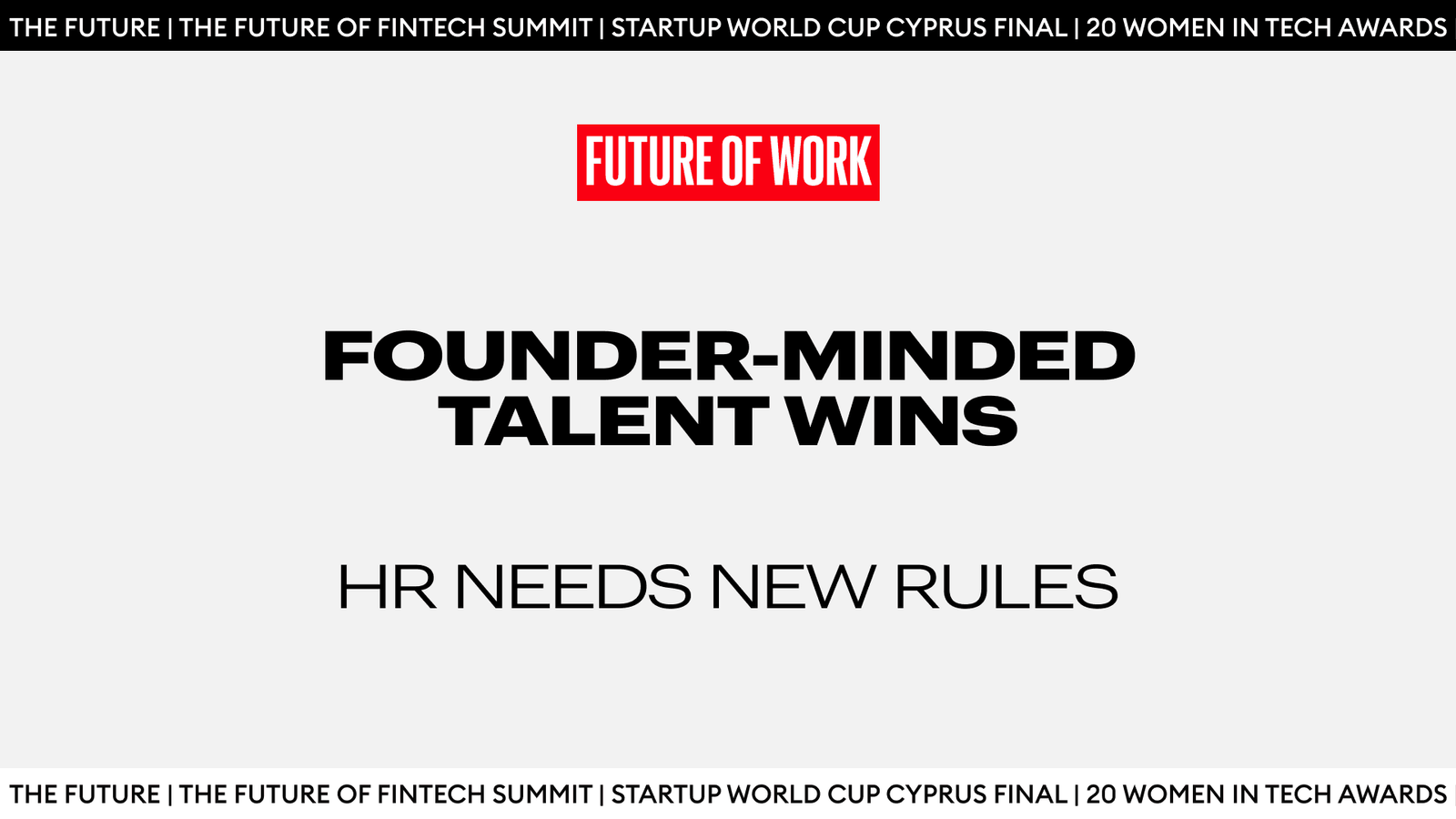
Victor Fitz
It was a perfect late Spring morning as a gentle fog lifted from the rolling green hills and deep valleys of Umbria. Nestled between Rome and Florence, Umbria is a region of farmland and timeless villages that will catch you off guard with its beauty. It is known as the Green Heart of Italy, and it does not disappoint.
My destination was Vocabolo Moscatelli, a remarkable boutique retreat near Umbertide, set within a centuries-old forest. The property was discovered by chef concierge Frederik Kubierschky and his partner Catharina Lütjens, who set about restoring the compound of 800-year-old stone buildings. With the help of architect Jacopo Venerosi Pesciolini of Archiloop, they began the exhaustive process of breathing new life into the ancient compound.
Follow THE FUTURE on LinkedIn, Facebook, Instagram, X and Telegram
The young couple met while working at the Park Hyatt in Zurich and dreamt about one day opening their own little boutique hotel. When the opportunity presented itself to restore an abandoned monastery, they jumped at the chance to create a design hotel where guests would feel instantly welcome.
“After many years working in the hospitality industry, we felt the urge to create something of our own—something more personal, meaningful, and reflective of our values,” said Frederik. “When we discovered this 12th-century monastery in Umbria, it immediately spoke to us. The location, nestled in the Green Heart of Italy, offered the peace, beauty, and authenticity we were searching for. It felt like the perfect canvas for what we wanted to build—a sanctuary where people could truly slow down, connect, and feel at ease.”

Daniel Farò
The Vision And Restoration
The monastery was previously occupied by monks from Gubbio, who eventually abandoned it. Frederik and Catharina purchased it at auction in 2019 and spent the next 18 months renovating it, aiming to retain the historic charm and as many of the original features as possible. The team kept the original wooden floors, exposed terracotta brickwork, and ceiling beams alongside brass, iron, and stone details.
Architect Pesciolini explained the concept of preserving the original features of the building while incorporating modern design elements. “It was a complex yet deeply rewarding challenge,” he said. “The restoration work required a tailored, meticulous approach: original elements were recovered using traditional techniques, stone, and historic brick masonry was consolidated, and wooden surfaces—such as exposed beams and window frames—were restored. Modern materials and technological systems were integrated without compromising the original structure.”
The process was deeply personal to the owners, “It was less about transforming the place and more about revealing its potential as a retreat, just with a new purpose,” said Catharina. “Our approach was shaped by a deep respect for the region’s heritage, combined with our clear vision of what modern hospitality should look and feel like today.”
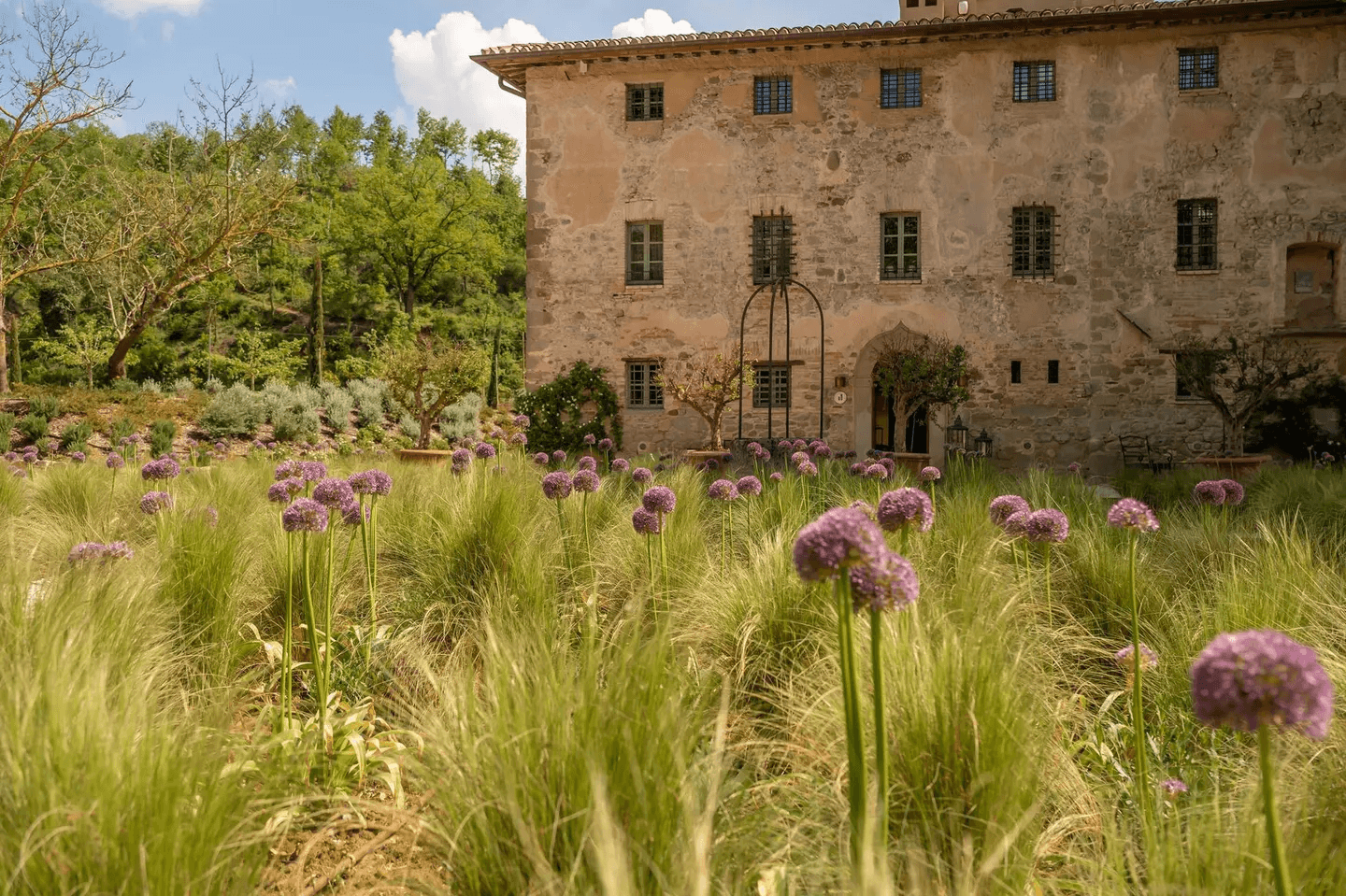
Victor Fitz
Frederik adds, “Coming from the world of hospitality—and having never even built a carport before—this restoration was, without a doubt, the biggest project I’ve ever taken on. It was a very steep learning curve but also an incredibly rewarding one.”
“I was responsible for overseeing tasks I didn’t even understand myself,” he said. “My answer to this problem, as often, was hospitality. There was always music going on at the construction site, and every Friday was a Construction Site Barbecue. I quickly earned their respect and that very collaborative spirit that allowed us to finish in just 1.5 years construction.”
“What makes me especially proud is our collaboration with local artisans—everything is made in Italy, mainly from Umbria and Tuscany,” says Catharina. “It’s all about craftsmanship and attention to detail. Our colorful, handmade tiles from Umbria, created by Cotto Etrusco, are truly special. The garden furniture, some of the beds, and even the pergola were made by Lispi, a father-and-son company here in Umbria, where everything is still produced by hand. We tried to shape everything in a way how we would do it for ourselves and our friends.”
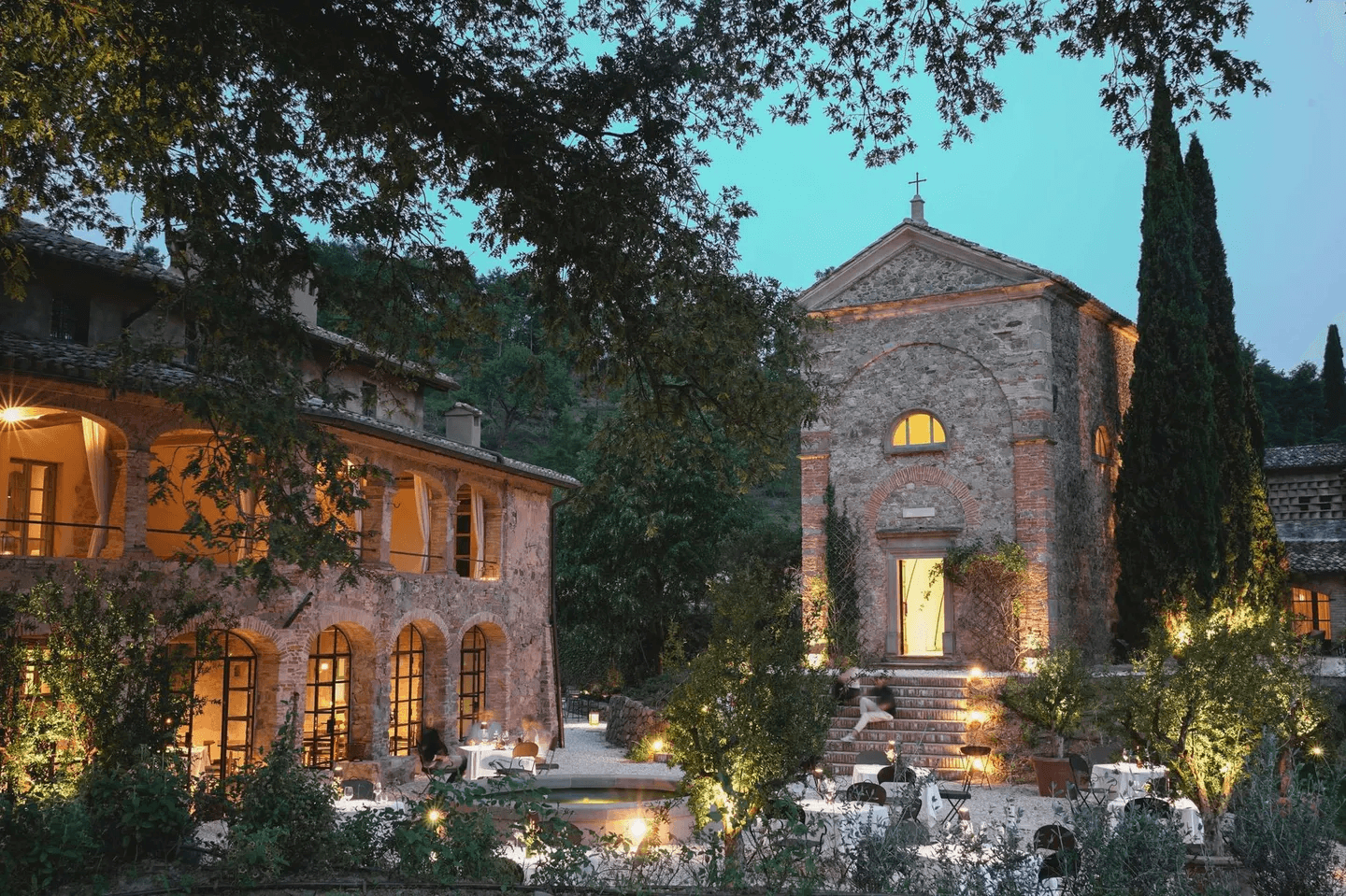
Vocabolo Moscatelli
Ancient Rooms With Modern Comfort
There are just 12 rooms, all combining the ancient monastery’s stone walls with contemporary art and design. Some of the upper-level suites in the main building have an outdoor bathtub on a balcony with curtains you can close for privacy. An annex has more rooms, including the Garden Suite (Bridal Suite) and Spa Suite. The sustainable property uses hemp bed linens and sources food products locally as well as using produce from their gardens. To encourage guests to unplug, the rooms have no televisions or house phones. There is, however, excellent wifi service should you need to connect to the outside world.

Vocabolo Moscatelli
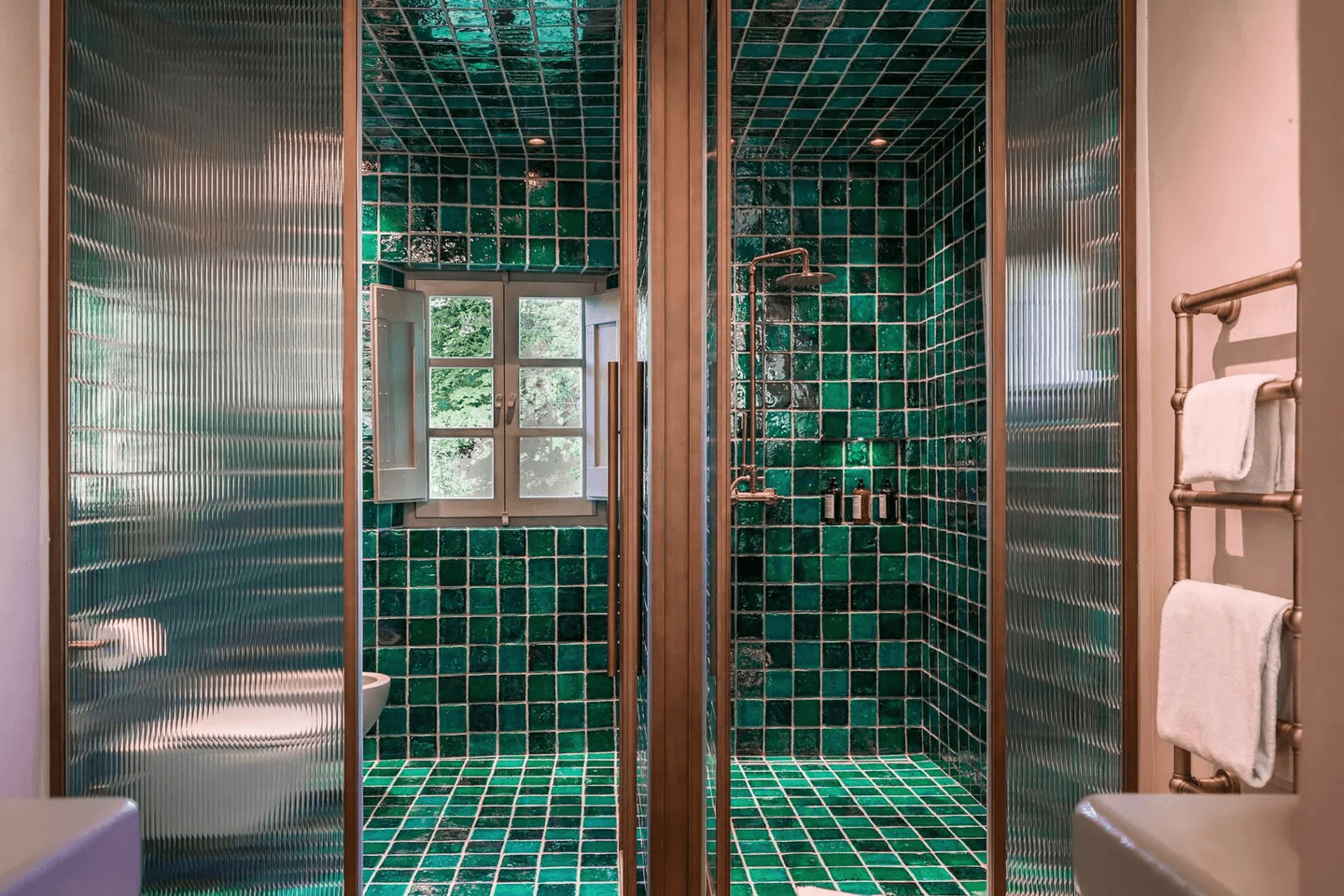
Vocabolo Moscatelli
The Terrace Suite includes a large fireplace, velvet-covered sofas, beamed ceilings, and abundant natural light. There is a cool collection of contemporary art and unique furniture designs that bring a modern twist to the spaces. The large terrace includes an egg-shaped bathtub open to the stars.
One of my personal favorites is the Spa Suite, which offers a private outdoor Jacuzzi and a round glass conservatory with a wood-burning stove. The entry-level Deluxe Garden Room is also stunning, with a king bed and a private garden.
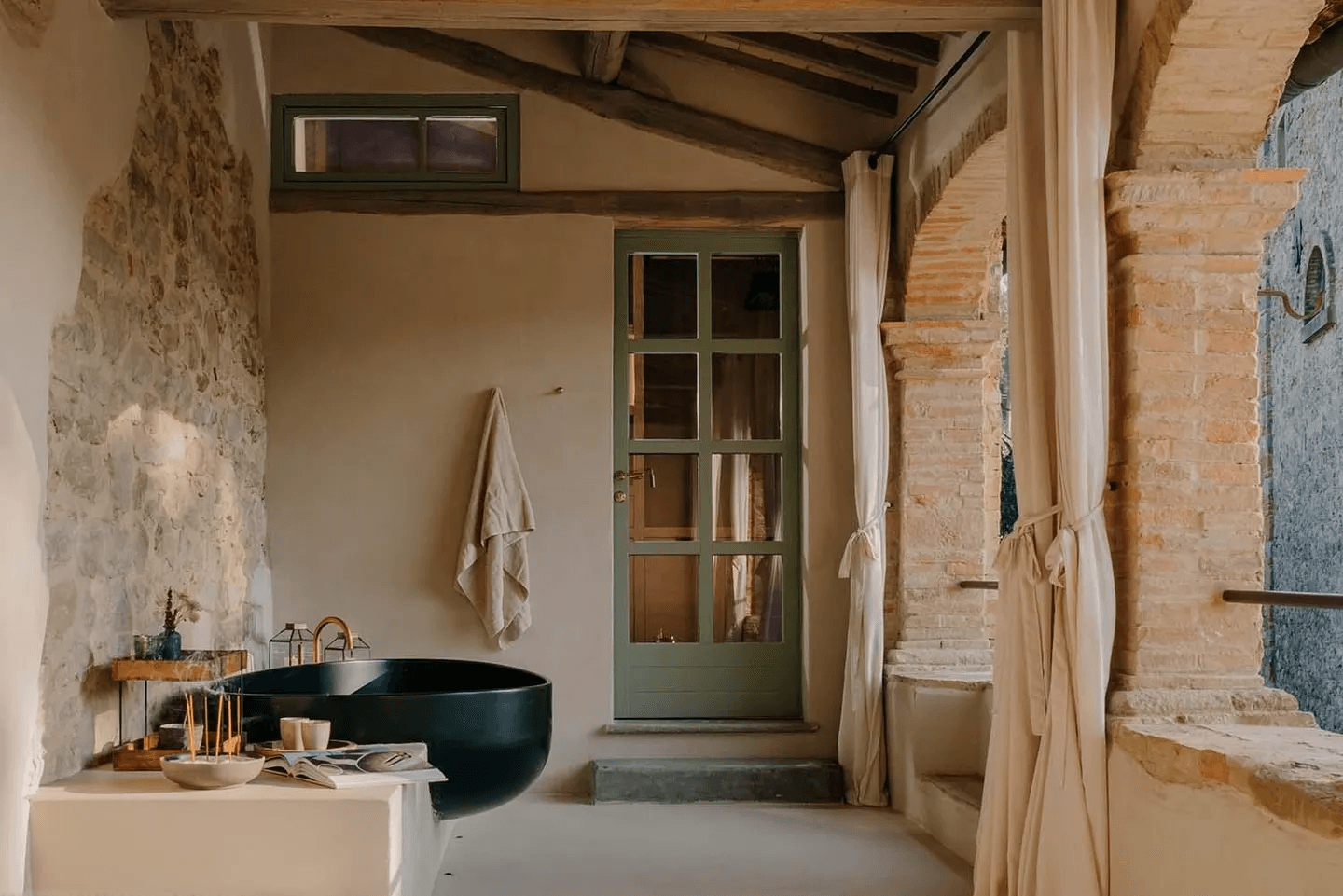
Vocabolo Moscatelli

Sandro Scherrer
Sustainable Experiences
“Sustainability and community are at the core of everything we do here,” says Frederik. “We’ve made deliberate choices—from energy and water conservation to using eco-conscious materials during our renovation. Even before the building process began, we had decided to make an extra effort to keep as much of the money spent in our local community by hiring local companies. Our food is locally sourced, and we collaborate closely with local artisans, farmers, and creatives to offer experiences deeply rooted in this land. Whether it’s truffle hunting with our dog Wilma, creating pottery with local artist Elena from Endiadi Studio, or storytelling by the bonfire, we want every guest to feel connected to Umbria and its people. We’re not trying to shout about it—we’re just living it every day.”

Sandro Scherrer
Vegetable Focused Dining
Chef Lorenzo Cantoni creates fresh-cooked meals from the produce in the garden, with an interesting take on the menu. The broad selection of vegetables is considered the main meal, with a choice of grilled meats offered as side dishes. Guests staying for several days will find the opportunity for family-style dining on pizza night and traditional Italian cuisine on another evening. Breakfast hours are unlimited, a boon for late sleepers, who are welcome to wander to the terrace or dining room at their convenience.
“The restaurant reflects our whole philosophy—local, seasonal, and simple in the best way,” says Catharina. “It’s vegetable-forward, using ingredients from our garden whenever possible. We want our guests to feel both nourished and surprised, whether that’s through a beautifully plated dish or an unexpected twist on a local classic. We believe that the luxury of today is knowing exactly what you are putting in your mouth. Transparency is key. Even the bar is designed to feel personal and informal—it’s square, like a friend’s kitchen counter. While our bartenders can whip up any classic, we love encouraging people to try something from the region they haven’t had before. That said, if someone wants their go-to drink, we’ll always make it happen.”

Vocabolo Moscatelli
Looking Ahead
“In our third year of operation, we’re constantly evolving because we see hospitality as a living, breathing thing, “says Frederik. “Each season brings new energy—whether it’s fresh experiences like watercolor painting workshops within the sea of our purple allium flowers in the garden, or yoga, pottery, private picnics under our new Bamboo dome art installation, or simple pleasures like Bonfire Night, where we gather around the fire and connect without distractions. Before each stay, we reach out to our guests so that we can tailor the experience to their specific needs. And we’re always present—Cathi and I live nearby and personally greet our guests as often as we can. For me – every guest is a living excuse not to do emails. I love to bathe in their attention. This isn’t a static project—it’s a passion that keeps growing.”




